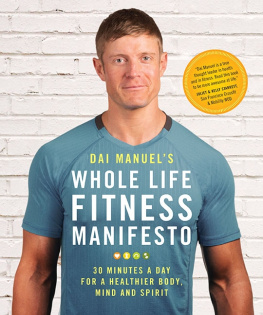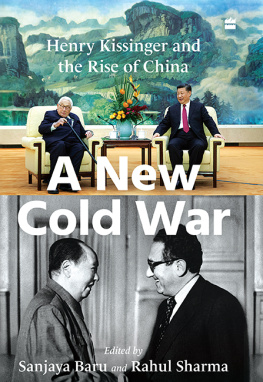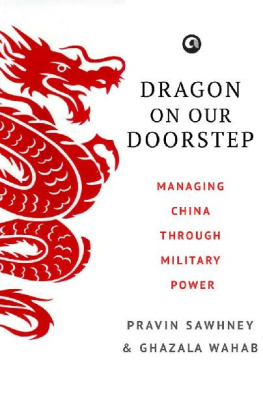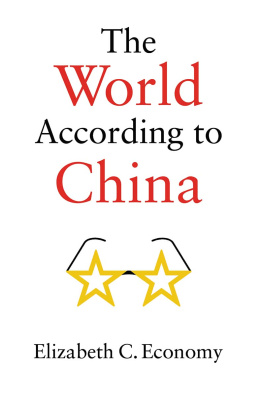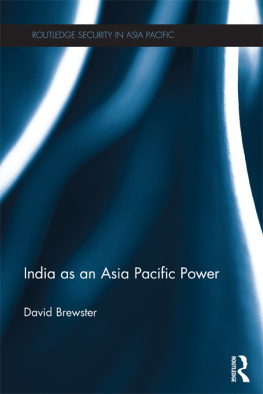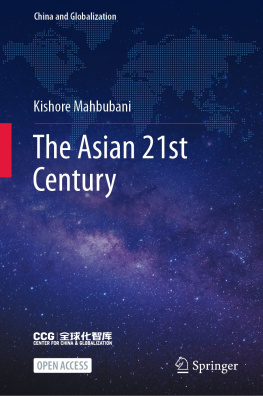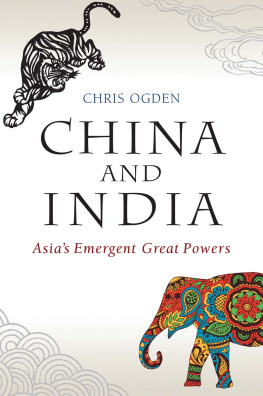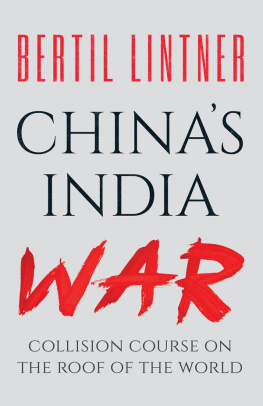Thank you for downloading this Simon & Schuster eBook.
Join our mailing list and get updates on new releases, deals, bonus content and other great books from Simon & Schuster.
C LICK H ERE T O S IGN U P
or visit us online to sign up at
eBookNews.SimonandSchuster.com
We hope you enjoyed reading this Simon & Schuster eBook.
Join our mailing list and get updates on new releases, deals, bonus content and other great books from Simon & Schuster.
C LICK H ERE T O S IGN U P
or visit us online to sign up at
eBookNews.SimonandSchuster.com
CONTENTS
To my parents, Oma, and Opa,
for believing I can do anything,
to Greg,
for being my partner in everything,
and for Alia and Alexei,
because it is your new world.
O wonder!
How many godly creatures are there here!
How beauteous mankind is!
O brave new world
That has such people in it!
William Shakespeare, The Tempest (161011)
He halted and, with bewildered and horrified eyes, stared round him.... The words mocked him derisively. How beauteous mankind is! O brave new world...
Aldous Huxley, Brave New World (1932)
MAIN CHARACTERS
INDIA
Mohandas Karamchand (the Mahatma) Gandhi (18691948) was the preeminent leader of the Indian independence movement and the pioneer of nonviolent civil disobedience, sparking many other such movements around the world. He was a lifelong advocate of religious pluralism and Hindu-Muslim cooperation and for a unified India. He was assassinated in 1948 by a Hindu fanatic.
Jawaharlal Nehru (18891964) was a key leader in the Indian independence movement and the Indian National Congress Party along with Mahatma Gandhi. He served as the first prime minister of India from independence in 1947 until his death in 1964. He was a strong supporter of democracy, freedom of religion and expression, and economic assistance to the poor, and is considered a key architect of the modern Indian state.
Muhammad Ali Jinnah (18761948) was an Indian Muslim leader who became the founder and first governor-general of Pakistan after Indian Independence, ruling until his early death from illness in 1948. A moderate Muslim who trained as a barrister in London, Jinnah later became concerned with how Muslims would be treated in a Hindu-dominated India and became a key figure in the creation of Pakistan in 1947.
Sonia Gandhi (1946 ) is an Italian-born Indian politician who has served as president of the Indian National Congress Party since 1998. A strong advocate for Indias poor and rural voters, she is the daughter-in-law of former Prime Minister Indira Gandhi and widow of former Prime Minister Rajiv Gandhi.
Manmohan Singh (1932 ) is an Indian economist who served as the prime minister of India from 2004 to 2014 as part of the Congress Party, the first Sikh to hold the office. Prior to that, as finance minister from 1991 to 1996, Singh carried out important structural reforms that liberalized Indias economy.
Montek Singh Ahluwalia (1943 ) is an Indian economist and senior civil servant who was one of former Prime Minister Manmohan Singhs most trusted advisers. He served as the top economic advisor to Singh from 2004 to 2014. Ahluwalia consistently pushed for inclusive growth and a more open economy, which some in the left-leaning Congress Party opposed.
Kapil Sibal (1948) is a senior Indian Congress Party politician. He led multiple ministries in the Indian government under Prime Minister Singh, including Science and Technology, Human Resource Development, Communications and Information Technology, and Law and Justice; at times, he led several ministries simultaneously.
Narendra Modi (1950) has served as the prime minister of India since May 2014. Modi, a leader of the Hindu nationalist Bharatiya Janata Party (BJP), was the chief minister of Gujarat from 2001 to 2014, where he was known for his pro-business economic growth agenda.
Arun Jaitley (1952) is a senior member of Bharatiya Janata Party (BJP) and one of Prime Minister Modis most trusted senior leaders. He has been finance minister of India since 2014, for a time serving simultaneously as defense minister. Jaitley held multiple cabinet level positions between 1999 and 2014 and was also leader of the opposition in the Rajya Sabha from 2009 to 2014.
Kisan Baburao Anna Hazare (1937) is an Indian social activist who led movements to promote rural development and increase government transparency. Most recently he led mass protests around India to establish a national ombudsman (or Jan Lokpal) to investigate and punish corruption in public life.
Nandan Nilekani (1955) is an Indian entrepreneur. He is a cofounder of Infosys, one of Indias preeminent IT companies, and in 2009 led the creation of Indias biometric identification program, Aadhaar, which was created to generate a national identity number for every Indian and to make government services and subsidies more transparent. Nearly 1 billion Indians have voluntarily signed up.
CHINA
Mao Zedong (18931976) was an early leader of the Chinese Communist Party whose forces won the civil war against the nationalist Kuomintang Party (KMT). He became the founding father of the Peoples Republic of China and led the country from 1949 until his death in 1976. Mao is still revered by many Chinese for modernizing China and improving livelihoods. At the same time, his dramatically failed policies, such as the Great Leap Forward, the Cultural Revolution, and other missteps, are thought to have cost between 40 and 70 million lives.
Chiang Kai-Shek (18871975) led the centrist, nationalist Kuomintang Party (KMT) in the civil war against Maos Communist forces and later led Chinas defense against the Japanese invasion in 1937. Despite help from the United States, a drained KMT lost the civil war in 1949, and Chiang and his allies fled to Taiwan island, where his KMT Party is still a serious political force today.
Deng Xiaoping (19041997) was a key Communist Party revolutionary and economic reformer who was Chinas paramount leader from 1978 through the early 1990s. He led the opening of Chinas economy, dismantling Chinas immense agricultural communes and creating Special Economic Zones, and became the father of Chinas economic miracle. He also presided over a gradual political opening, which ended abruptly with the Tiananmen Square crackdown in 1989.
Hu Jintao (1942) was Chinas president from 2003 to 2013. He worked his way up through Chinas bureaucracy as a technocrat, was known for his emphasis on consensus-based rule, and is associated with the Communist Youth League or populist faction in Chinese politics.
Xi Jinping (1953 ) has been general secretary of the Chinese Communist Party since 2012 and Chinas president since 2013. Xi is associated with the princeling faction in Chinese politics and is known as a strong, assertive leader who has implemented a tough anticorruption crackdown, as well as economic and military reforms.
Li Keqiang (1955) has been Chinas premier since 2013. An economist by training, he heads the state bureaucracy, including the State Council. He is the only Hu Jintao protg currently on Chinas powerful Politburo Standing Committee.
Liu He (1952) is President Xi Jinpings closest economic advisor. He leads the general office of the Leading Group for Financial and Economic Affairs and is responsible for Chinas most important economic reforms.
Wang Qishan (1948) is another of President Xis closest advisors, a former banker, mayor of Beijing, and one of the key organizers of the Beijing Olympics. Since late 2012 he has been leading Chinas anticorruption drive as head of Chinas fearsome Central Commission for Discipline Inspection.
Next page

